What is the process of aging is a question to which many seniors would wish they had received answers when younger. The natural process of aging is gradual, continuous in the human body, and starts very early in adulthood.
The process of aging happens to everyone and is inevitable although we each age in different ways.
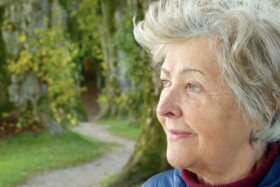
The body is composed of working systems. Aging affects every one of these systems and age 30 seems to be an important milestone in this process.
This article takes a deep dive into the working system that drives the functioning of our bones, muscles and joints, and discusses how they impact mobility in the process of aging in older adults.
Aging Causes Some Reduced Efficiencies of Body Organs
The entire body is composed of the following working systems that keep it functioning 24/7, 365 days throughout the year and throughout life allowing us to do the things we love :
- Nervous System (brain, spinal cord and the nerves) – Coordinates information between the senses, nerves and the brain and the muscles
- Integumentary system (skin, hair, nails and sweat glands)
- Circulatory System (heart and blood vessels) – Blood delivers oxygen and nutrients and carries waste away
- Sensory system (eyes, ears, nose, tongue for taste)
- Musculoskeletal system (bones, joints and muscles) – Bones maintain the structure of the body and its organs, while muscles enable movement in the body.
- Respiratory system (lungs) – Brings air into and out of the lungs to absorb oxygen and remove carbon dioxide.
- Digestive system (stomach and the intestines) – Absorb nutrients in the body and participate in waste removal
- Excretory System (kidneys and bladder) – Removes waste from the body
- Immune System – Defends the body against pathogens that may harm the body.
- Endocrine system (glands and their chemical secretions) – hormones influence the functioning of the body
- Reproductive system (reproductive organs)
To Have Systems Function Properly
For these systems to function efficiently, the cells in all body organs must work properly. In the process of aging, some older cells in certain organs will no longer function as well due to the proverbial “wear and tear” of life.
Also, when certain cells (as in the kidneys, testes, ovaries and liver) grow old and die, they are not replaced and their numbers are reduced. Other cells such as in the muscles experience a decrease in activity.
The reason for this is that most organs begin life with an over capacity of their cell requirements for the body. This explains why it is possible for some people to donate a kidney and still function effectively with only the remaining one.
What Is The Process Of Aging – Normal Functioning Of The Musculoskeletal System
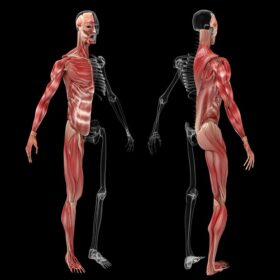
The human musculoskeletal system is made up of the bones in the skeleton supported by cartilage, ligaments, muscles and tendons.
The main functions of the system include providing stability to the body and giving it shape, allowing motion, and protecting vital organs.
The skeletal portion of the system serves as the main storage system for calcium and phosphorus.
A joint is a place where two or more bones connect.
Ligaments (fibrous connective tissue) connect bone to bone, giving flexibility and allowing the bones to move. Joints at the shoulder or hip allow for rotating, forward, backward and sideways movement while joints at the knees and elbow open and close like a hinge.
Cartilage are discs between bones protecting the bone ends from rubbing directly onto each other.
Muscles attach by tendons (another type of fibrous connective tissue) to bone to keep the bones in place and contract to move them.
Tendons may also attach muscles to structures such as the eyeball. Muscles help the body do such things as chew food and move it through the digestive system.
Even when you are sitting perfectly still, muscles in the body remain hard at work, keeping the heart beating, maintaining breathing and regulating the pressure and flow of blood. The healthy body visible to our eyes requires that all systems are “firing on all cylinders”!
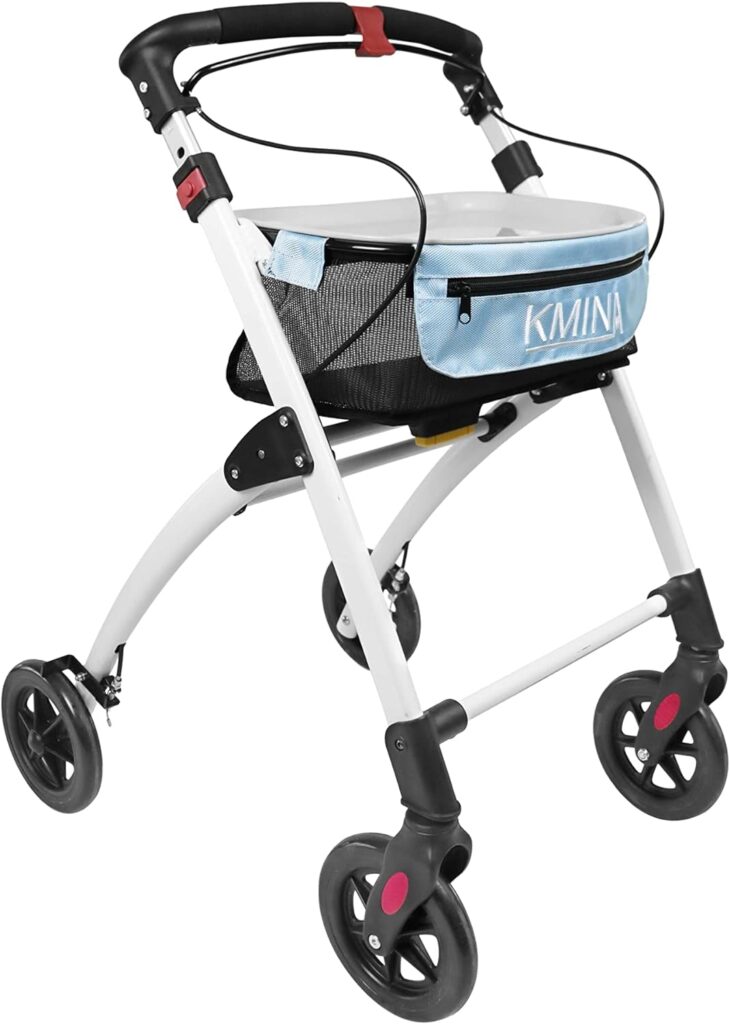
Aging of Bones, Joints and Muscles – Interesting Facts
What Is The Process of Aging in Bone?
Calcium and Vitamin D: In the process of aging, the amount of calcium in our bones decrease because the body absorbs less calcium from foods.
The level of vitamin D, which helps the body use calcium also slightly decreases. These are some of the reasons why bones tend to become less dense and weaken .
Reduced Bone Density: This cause the top bones (vertebrae) in our backbone (spine) to experience changes which result in the head tipping forward, compressing the throat and making swallowing more difficult.
Furthermore, the cartilage between these vertebrae lose fluid and become thinner causing the spine to shorten. This accounts for why older people become slightly shorter.
What Is the Process of Aging in The Tendons and Ligaments?
Reduced Cell Activity in Ligaments and Tendons: Because cell activity is reduced, Ligaments and tendons weaken and become less elastic, making joints feel tight or stiff resulting in reduced flexibility and with a tendency to tear more easily and heal less quickly.
What Is The Process Of Aging of the Muscles?
Reduced Muscle Mass: The age -related loss of muscle mass (tissue), strength and function is called Sarcopenia .The number and size of muscle fibers decrease because the body produces less growth hormones.
Muscle mass and strength begin to decline roughly between 10% and 15% from around age 30 continuing throughout life. We observe that during periods of inactivity (such as bed rest or illness) older people tend to lose muscle mass and strength more quickly than younger people.
Increase in body fat. By age 75, the percentage of body fat typically doubles the quantity at young adulthood and its distribution in the body also changes the shape of the torso. Too much body fat can increase the risk of health problems, such as diabetes. (Merck Manuals, 2019)
Aging Impacts on Mobility
From our review thus far, we see that healthy bones, muscles and joints allow us to perform different types of movements in our daily lives.
Good mobility requires muscle strength and balance for adequate walking speed.
The physiological changes (loss of muscle mass) that accompany normal aging reduce some of that functionality.
Mobility declines with increasing age and the most complex and demanding tasks are generally first affected.
Similarly, muscle weakness, can make carrying out daily activities, such as climbing stairs or even getting up from a chair, difficult for many seniors which is where mobility aids can be so helpful.
They come in all shapes, sizes and prices but should be researched before purchase as selecting one to buy can be a daunting task.
Most importantly, safety rather than price should be the top criteria when making a selection.
Start off by reading a previous article on this website which is the first in a series of 6 previous articles that provide research information – Walker Vs Rollator. How to Know the Difference. Check more details of the Medline Heavy Duty Rollator shown here at Senior.com to review specifications.
Some early visible signs of aging may be changes to posture and gait, pain in the joints (arthritis, back pain), fatigue and general weakness.
Sensory deficits such as poor vision, hearing and balance may also increase the risk of a decline in mobility.
Sarcopenia is associated with an increased risk of falls and fractures The reduction in bone density common in old age makes bones weaker which may cause fractures.
Approximately 28 – 39 % of people aged 65, and 32 – 47 % over 70 years fall each year (WHO Global Report on Falls Prevention in Older Age 2008). Through reduced activity, older people can set the stage for increased risk of falls, loss of independence, and even premature death (The Scientist 2018).
It’s Never Too Late to Take Control of Your Health
The good news is that exercise can stave off and even reverse muscle loss and weakness if no underlying disease is present.
Daily physical activity combined with weight management and a healthy balanced diet that includes a proper intake of protein, Vitamins Cand D, and calcium can support the health of bones, joints and muscle and enhance mobility.
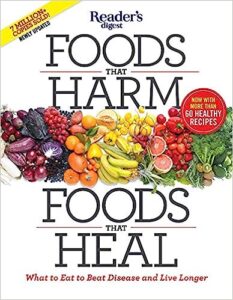
The National Osteoporosis Foundation (NOF 2020) recommends the following:
- Get the recommended daily amount of calcium you need from food FIRST and only supplement to make up for any shortfall. Check out their calcium calculation tool to estimate your daily calcium intake from food and their list of calcium-rich foods for new ideas to help you incorporate calcium in your diet.
- Maintain an overall healthy lifestyle by eating plenty of fruits and vegetables, exercising and not smoking or drinking too much alcohol.
- Women age 50 and younger should get 1,000 mg of calcium daily from all sources, while women age 51 and older require 1,200 mg.
- Men age 70 and younger should get 1,000 mg of calcium daily from all sources and 1,200 mg for men age 71 and older.
- For vitamin D which helps the body to absorb calcium, most adults under age 50 need 400-800 international units (IU) daily and most adults age 50 and older need 800-1,000 IU daily. Always talk to your doctor to determine the right amount for you.
Do You Want to be Functionally Independent in Old Age?
Exercise! Exercise! Exercise! Maintaining outdoor physical activity, especially walking plays an important role in functional independence in old age.
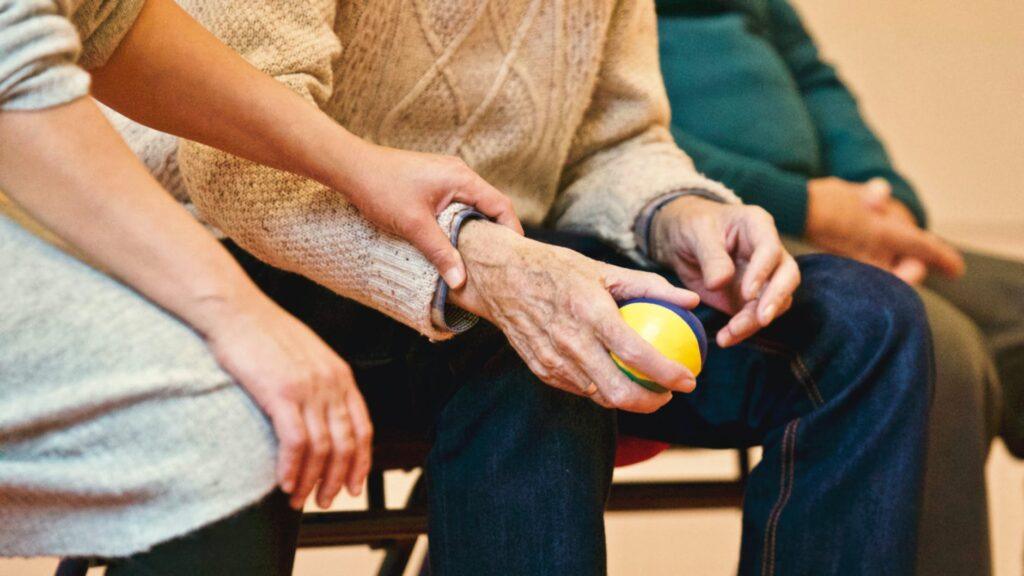
If this is combined with the recommended dietary intake for seniors, it will ensure that you are up and about and enjoying many of the activities you love for many many years
This information, presented for educational purposes, was gleaned from several literature too numerous to be all listed below.
As usual, always consult your doctor for advice on your requirements for vitamins and supplements.
If you liked this article or would like to share your thoughts, kindly engage by providing your comments in the Comment Box below.
Related Articles
- The Causes of Osteoporosis – Am I A High Risk?
- The Best Anti Inflammatory Foods to Eat – A Lengthy List
- Changes in the Body with Age – Avoid Surprise
Some References
R. W. Besdine (2019) Overview of Aging. Merck Manuals. https://www.merckmanuals.com/en-ca/home/older-people’s-health-issues/the-aging-body/overview-of-aging?query=overview of aging
How Muscles Age, and How Exercise Can Slow It. The Scientist (2018) https://www.the-scientist.com/features/how-muscles-age–and-how-exercise-can-slow-it-64708
WHO Global Report on Falls Prevention in Older Age (2008) www.who.int › ageing › publications
Päivi Tikkanen et al (2012) Physical Activity at Age of 20–64 Years and Mobility and Muscle Strength in Old Age: A Community-Based Study. The Journals of Gerontology: Series A, Volume 67, Issue 8, August 2012, https://doi.org/10.1093/gerona/gls005
Canadian Physical Activities Guidelines for Adults over 65 years and Older. ParticipACTION (2019) https://www.participaction.com/en-ca/benefits-and-guidelines/adults-65-plus
Other References
Maintaining Mobility as Part of Healthy Aging. Nestle Health Science (2016) https://www.nestlehealthscience.com/health-management/aging/maintaining-mobility-as-part-of-healthy-aging
Maintaining Mobility as we Age – A Key to Aging Successfully (2018) MacMaster Institute for Research on Aging (MIRA) https://youtu.be/1NJmq–OFLY
Aging: What to Expect. Mayo Clinic (2018) https://www.mayoclinic.org/healthy-lifestyle/healthy-aging/in-depth/aging/art-20046070
Get the Facts on Calcium and Vitamin D (2020) https://www.nof.org/patients/treatment/calciumvitamin-d/get-the-facts-on-calcium-and-vitamin-d/
By the way, doctor: What’s the right amount of vitamin C for me? (2019) https://www.health.harvard.edu/staying-healthy/whats-the-right-amount-of-vitamin-c-for-me
Vitamin C – Fact Sheet for Health Professionals (2020) https://ods.od.nih.gov/factsheets/VitaminC-HealthProfessional/

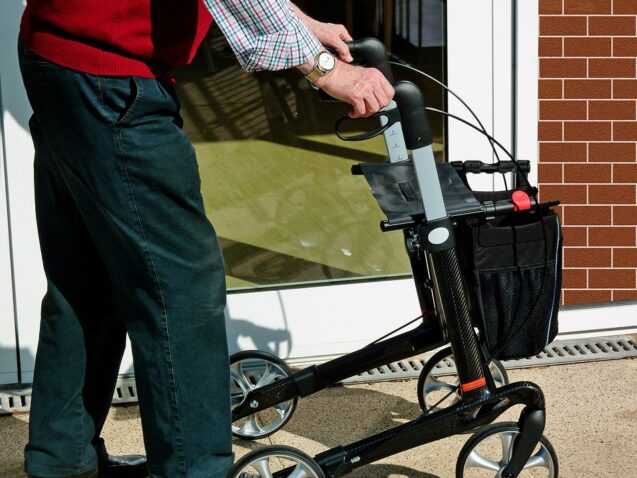
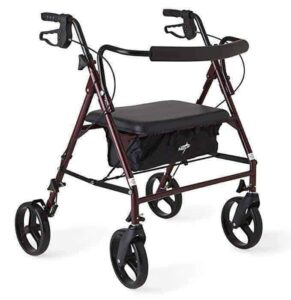
Hi Ceci,
Your article is hitting home here! I’m of that age group where I need to become aware of how my body is changing as I age.
Let me count the ways: stiffness? check, osteoarthritis? check with three artificial joints to show for it! Harder time seeing? check, especially at night.
Lets face it, growing old sucks! But for me, it doesn’t have to if I don’t want it to. I’m fortunate that I don’t have serious health issues like folks younger than me, knock on wood.
My fountain of youth is my attitude. I just need to accept that my body is growing older and becoming less capable than yesterday when I was younger. Eventually I will die. So why not just accept it and make do the best I can each day?
I figure that every day I get to wake up is another day to make good in this world and my higher power is giving me my body to do his work. When he’s through with me, well you know the rest.
I find that learning about the physiology of aging fascinating but it comes down to this great fact for all of us:
Yesterday is History, tomorrow is a Mystery, all we have is Today.
Its our day to enjoy, or to be OLD.
What’s your day going to be?
Bob
Thanks for stopping by Bob. Aging does not need to suck! Understanding those changes and making some lifestyle adjustments PLUS having a great attitude (which you certainly have) helps.
Ceci
Hi Ceci,
Great article indeed. The topic really struck me as we discuss a lot about getting older but I rarely have thought what exactly happens in the body when getting old.
Well, only thing I could have said before reading the article is that bones, muscles and organs are getting weaker when getting old. But it is so important to know the details so that we can be aware an take some precautionary measures.
I did not know that vitamin D helps the use of calcium. That is very interesting fact for me.
Thanks you for a very informative article.
Rajith
Glad I was able to provide you with some new information. Thanks for the read.
Ceci
I know how that aging experience feels all right my knees and back are always giving me pain, but I am always putting of doing the right thing and eating healthy and doing some regular excersise. Very insightful article, have a good day.
Kevin,
Sorry to hear that your knees and back are always giving you pain. I would pay a visit to the doctor soon to make sure that it doesn’t worsen.
Thanks for your comment.
Ceci